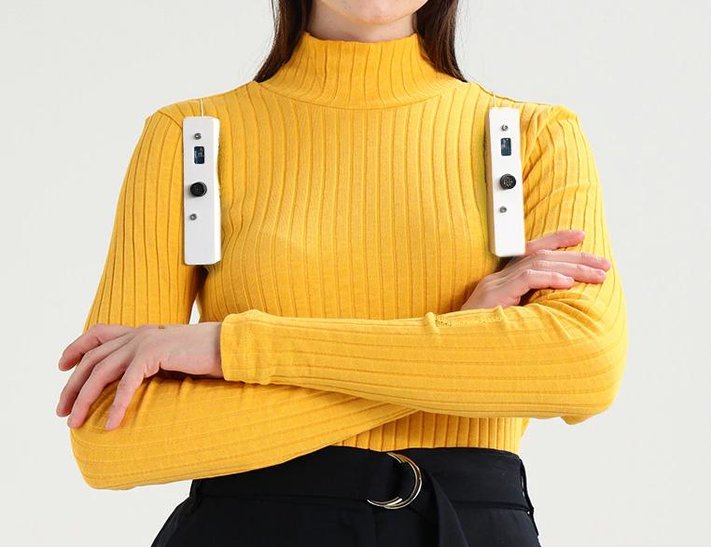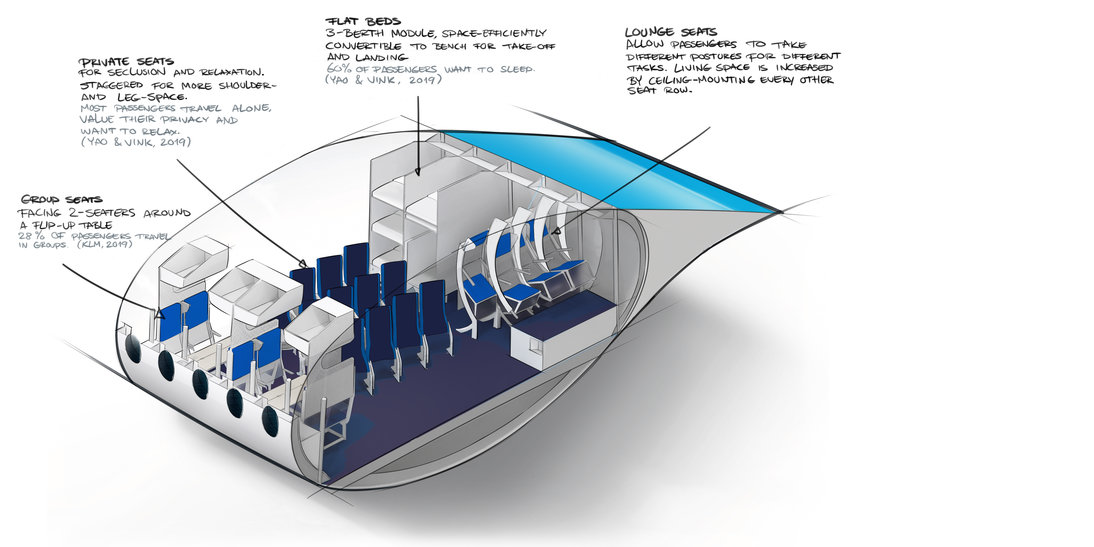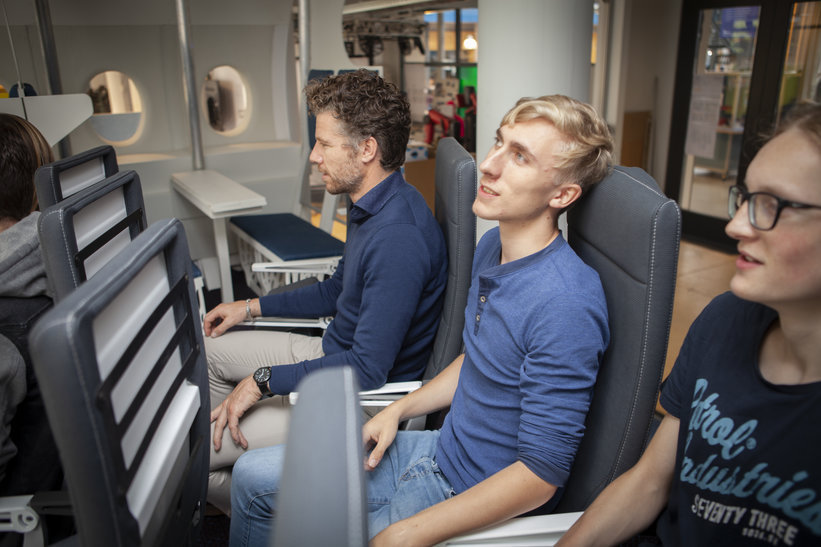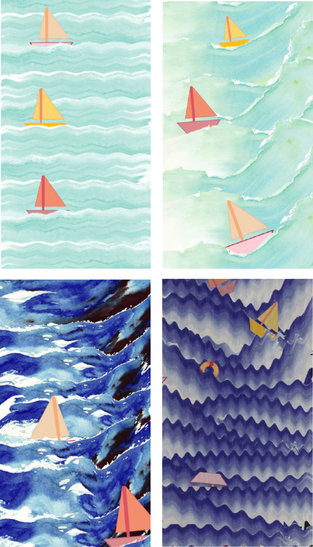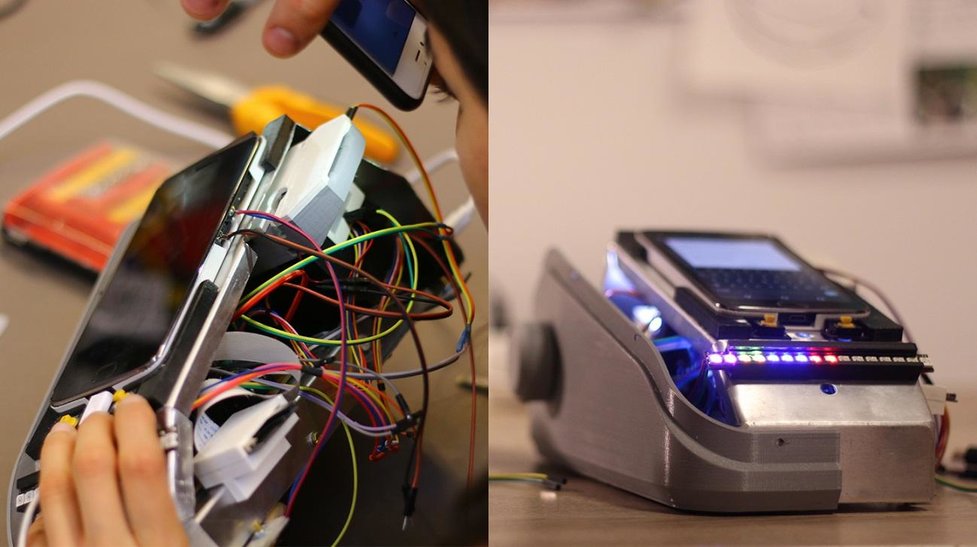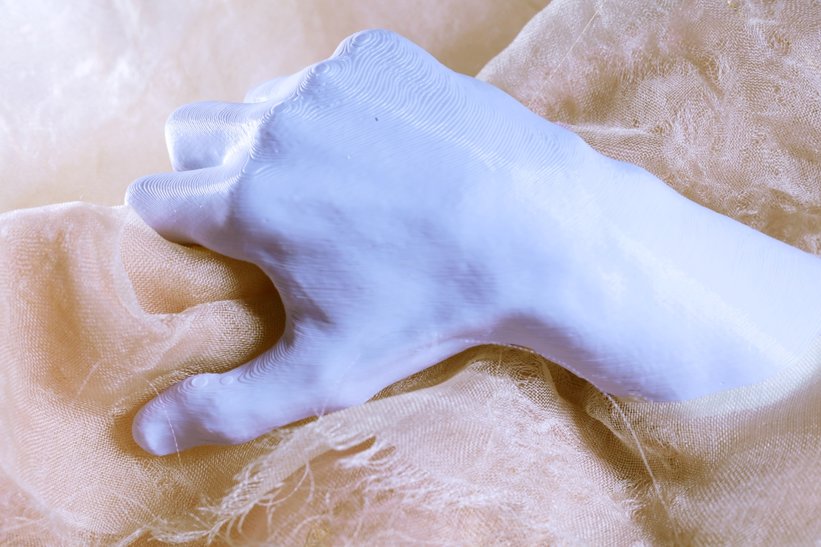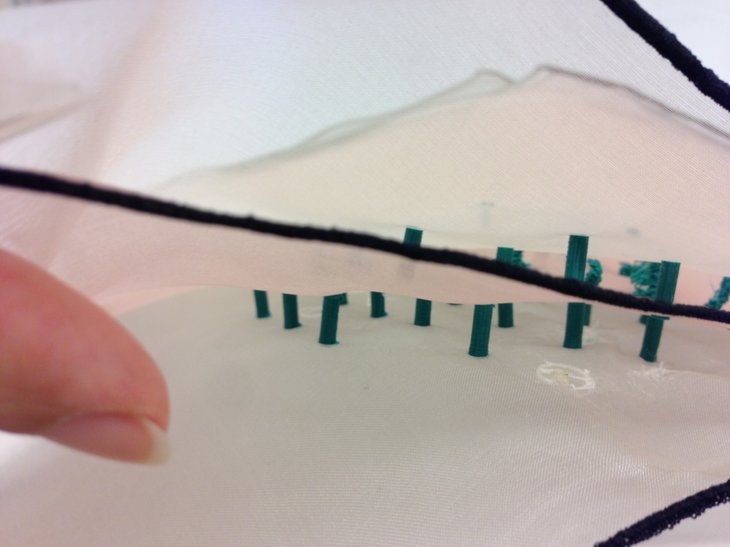Delft’s visions for the future at Dutch Design Week
TU Delft's Faculty of Industrial Design Engineering showcases selection of its designs for the future at Dutch Design Week which runs till 27 October. 15 groups of students and researchers are exhibiting their forward-thinking work on the themes of mobility, heath and sustainability, as well as considering the role of design in shaping our future.
50 years and looking forward
Most institutions choose to celebrate their jubilee with a retrospective, but Delft is using the occasion to look forward. The Faculty of Industrial Design Engineering (IDE) – one of the world’s leading design schools – is using the platform of Dutch Design Week to exhibit some of its work to tackle 21st Century challenges. This comes just a few weeks ahead their anniversary Symposium - Impact - due to take place on 14th November in Delft.
The Future of Mobility
The Flying-V – Klokgebouw Hall 4, Stand 4.09
Visitors to Dutch Design Week are being encouraged to experience the future of flying with the Flying-V - a highly energy efficient long distance aeroplane, being developed by Delft University of Technology (TU Delft) in partnership with KLM. The aircraft’s radical design integrates the passenger cabin, cargo hold and fuel tanks in the wings, creating a spectacular v-shape. Its improved aerodynamic shape and reduced weight will mean it uses 20% less fuel than the Airbus A350, today’s most advanced aircraft.
Members of the public can step on board a life-size mock-up of the futuristic aircraft cabin, where they can test out the latest in passenger comfort and lightweight material use. IDE researchers are on hand to monitor visitors reactions to aircraft seats that have undergone a 4 kg weight loss, as well as concepts such as group spaces which allow passengers to dine face-to-face and three-berth convertible sleeping modules.
Design Doing @KLM – Klokgebouw Hall 3, stand 3.19
KLM and IDE cooperate in ’Design Doing‘ to develop new products and optimise existing KLM processes in a real-life operational KLM environment. What is known as ’Design Thinking‘ finds its application in ’Design Doing‘ with real passengers at a real airport and with real aircraft. Visitors to Dutch Design Week get a taste of Design Doing at KLM.
BagSight – Design United, Klokgebouw Hall 3, stand 3.16
BagSight is a design which explores the possibilities of interactive design which could inspire new developments in mobility for visually impaired. This smart leather backpack, partly inspired by guide dogs interactions moves on the back of the wearer in response to its surroundings. It employs two distance- and two light-sensors housed in 3D printed encasings on the front of the shoulders, together with a pair of motors which can wind up shoulder cords in response to obstacles or goals. BagSight, designed by researcher and lecturer, Evert van Beek, has been used as a stimulus in a study where participants wore the backpack to navigate a crude simulation of the street environment. They described BagSight as an extension of their sensory organs.
Further Delft mobility designs include The Positive White Cane by Thijs de Velde; Autonomous Delivery Robot by Nyckle Sijtsma; Hone, a Topology optimised titanium road-race bicycling frame by Bobby Adriaans (Design United, Klokgebouw Hall 3, stand 3.16) and Delft Hyperloop Atlas 02 & Passenger Pod (Klokgebouw Hall 3, stand 3.17)
The Future of Health
Cacophony of ICU Sounds – The Embassy of Health, Piet Hein Eek Exhibition Hall.
In hospitals the world over, sounds and beeps constantly inform staff and patients about what’s going on. Studies have shown that hospital medical staff are exposed to up to 700 alarm signals a day but only about 2% of these signals require direct action which can lead to ‘alarm fatigue’. Patients and their families are also exposed to this cacophony of alarms, which can cause stress and sleep-deprivation, in turn inhibiting recovery.
Students from IDE’s Critical Alarms Lab will be exhibiting a number of prototypes which address this challenge, including Doplor, a visual interpretation which shows intensive care unit staff exactly what is happening, when sounds intensify. To do so, all sounds are registered by a sensor and translated into an interactive painting on the wall.
Exelscope 2.0 – Low Cost Malaria detection device – Design United, Klokgebouw, Hall 3, Stand 3.16
From the high tech environment of intensive care, to the challenges of diagnosis in the field with Exelscope 2.0. More than half of the world's population is at the risk of malaria. Current mistrust in diagnostic procedures (rapid diagnostic tests) leads to the preventive use of malaria medication; while manual microscopy (the gold standard) is very time consuming, expensive, requires special expertise and training.
The Excelscope 2.0 uses a smartphone and ball-lens to magnify and identify malaria parasites of one micron in blood samples. This reduces workload in developing countries while increasing accuracy and decreasing cost of diagnoses.
Further Delft health-related designs in the Design United exhibition include Blip, an installation to provoke momentary happiness and See my Wrist, concepts to encourage rehabilitation of patients with wrist injuries.
The Future of Sustainability
The Embassy of Sustainability - Innovation Powerhouse | Strijp T+R
At the Embassy of Sustainability, IDE is joining forces with design agencies, public bodies and industries on the question of the circular economy. Professor Conny Bakker will be presenting at a conference on Wednesday 23rd (Entresol - Klokgebouw 5) and PhD and graduate students will be exhibiting their research on finding value in degenerated material. The IDE students have explored the possibilities for recovering and re-using composite materials and wind turbine blade including designs for a bridge, a car charger and furniture. An example of the furniture, designed by Jelle Joustra, can be found outside in the demo garden.
Designing Emotions that last – Design United, Klokgebouw, Hall 3, Stand 3.16
We live in a throwaway society, a condition often perpetuated by design. Deniz Sögütlü’s research project fills the gap between psychology, design and consumer research, to take a look at the question of how designers can create products that people want to keep for longer. Eight prototypes take the form of timepieces.
The Future of Design
tactileDress – Design United, Klokgebouw Hall 3, stand 3.16
One thing that distinguishes Delft’s Faculty of IDE is its focus on design tools and methods. Assistant Professor Zjenja Doubrovski has been collaborating with Dolores Hilhorst and fashion designer, Danielle Martin, from Ryerson University in Toronto, to explore the possibilities and limitations of 3D printing and design comfortable clothing. The draped dress, inspired by love and the memory of gestures, is an intricate combination of multiple sheets of silk fabric and 3D printed geometries. Visitors will get to see the resulting design, as well as touch and feel the fabrics.

